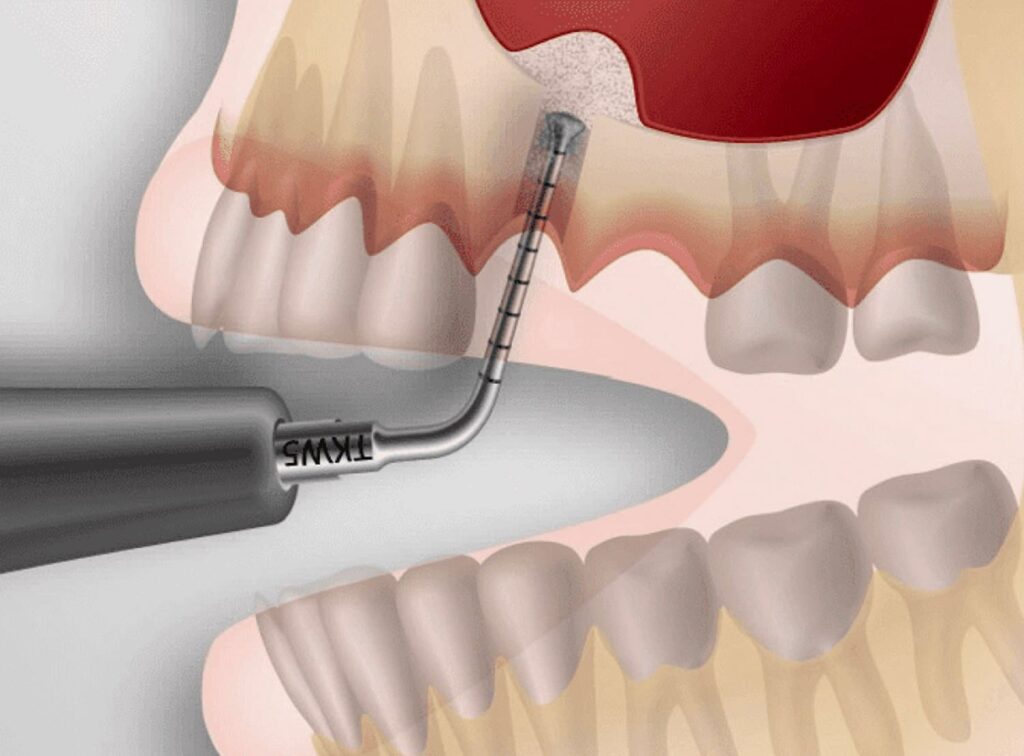SINUS LIFTING
What is sinus lifting?
The phrase we commonly hear in public, “I have sinusitis,” refers to the inflammation of the air cavities.
These anatomical structures, which can vary in distance beneath the upper molar teeth, tend to enlarge after the lower molars are extracted and begin to sag downward.
When a tooth is extracted below the sinus, and a long time has passed since the extraction, these spaces tend to sag downward, potentially reducing the area where we intend to place implants. The Sinus Lifting (Graft) procedure can be used to raise these spaces back up.
This procedure requires a delicate and sensitive hand because there is a thin membrane that covers the inner walls of the sinus cavity, much like the membrane inside an eggshell. Separating the relationship between the sinus and its membrane without damaging the delicate membrane and filling the resulting space with bone powder (graft) to create enough room for implants requires both attention to detail and skill, as well as experience.
After the procedure, it is expected that the bone powder placed inside the sinus will fuse with the existing bone over a period of about 6 months. If enough quality bone has formed for implant placement, the treatment progresses as planned, and after implant placement, a dental prosthesis is added to successfully complete the treatment.
In the field of dentistry, advancements in materials and techniques have led to alternatives to sinus lifting in some cases (such as all-on-four).
